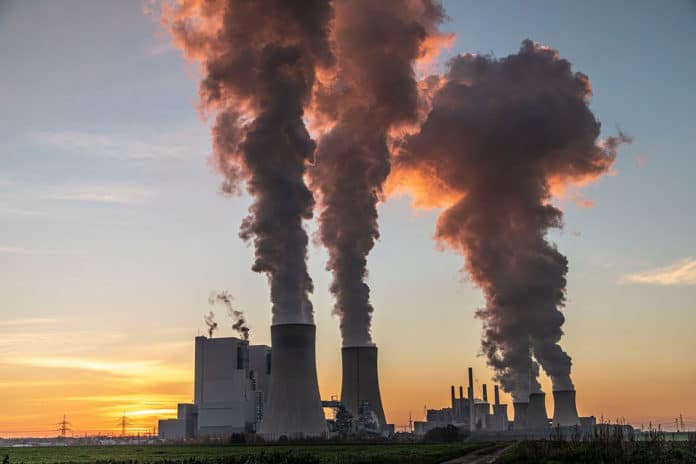Decarbonization is the process used to reduce the amount of carbon, especially carbon dioxide (CO2)output, into the atmosphere. However, this process remains a challenging task for industries like cement and steel.
The direct conversion of CO2 to carbon is a highly providential route. But, conventional thermal and catalytic approaches are limited by high energy demands and are limited by coking.
To help advance the decarbonization of heavy industries, scientists at RMIT have developed a carbon dioxide utilization technology. This smart and super-efficient new way captures carbon dioxide and converts it into solid carbon.
It acts as carbon capture and storage (CCS). Existing CCS technologies focused on compressing the gas into a liquid and injecting it underground. However, it comes with significant engineering challenges and environmental concerns. Unlike existing CCS technology, this new technology offers a pathway for instantly converting carbon dioxide as it is produced and locking it permanently in a solid-state, keeping CO2 out of the atmosphere.
Co-lead researcher Associate Professor Torben Daeneke said, “The work built on an earlier experimental approach that used liquid metals as a catalyst.”
“Our new method still harnesses the power of liquid metals, but the design has been modified for smoother integration into standard industrial processes.”
“As well as being simpler to scale up, the new tech is radically more efficient and can break down CO2 to carbon in an instant.”
“We hope this could be a significant new tool in the push towards decarbonization, to help industries and governments deliver on their climate commitments and bring us radically closer to net zero.”
Co-lead researcher Dr. Ken Chiang said, “the team was keen to hear from other companies to understand the challenges in difficult-to-decarbonize industries and identify other potential applications of the technology. To accelerate the sustainable industrial revolution and the zero-carbon economy, we need smart technical solutions and effective research-industry collaborations.”
To develop this new technology, scientists used thermal chemistry methods, often used by large industries, while developing new carbon capture and storage technology. The bubble column method involves heating liquid metal to about 100-120 degrees Celcius.
They then added carbon dioxide to the liquid metal, rising up the gas bubbles. As the bubbles move through the liquid metal, the gas molecule splits up to form flakes of solid carbon, with the reaction taking just a split second.
Chiang said, “It’s the extraordinary speed of the chemical reaction we have achieved that makes our technology commercially viable, where so many alternative approaches have struggled.”
This new technology offers a promising way to prevent CO2 emissions and deliver value-added reutilisation of carbon. Converting CO2 into solid carbon avoids potential leakage issues and locks it away securely and indefinitely.
Another benefit of the process includes the feasibility of powering the reaction with renewable energy as it does not use very high temperatures.
ABR Project Director David Ngo said the process turns a waste product into a core ingredient in the next generation of cement blends.
Scientists are further planning to scale the proof-of-concept to a modularized prototype the size of a shipping container in collaboration with industry partner ABR.
Journal Reference:
- Karma Zuraiqi et al. Direct conversion of CO2 to solid carbon by Ga-based liquid metals. DOI: 10.1039/D1EE03283F
